Worried about your phone, GPS or headlamp dying on you while camping or backpacking? There are 6 main options for keeping your devices charged. I’ll go over them here, including their pros and cons.
Quick Answer:
For short camping trips, a lightweight power bank should be enough to keep your devices charged. For longer trips or photo gear, you’ll need a high-capacity power bank and ideally also a small solar panel for recharging it. If you are car camping long-term or have high power needs, then a power station plus solar panel setup will give you reliable power.
Option 1: Bring Extra Batteries
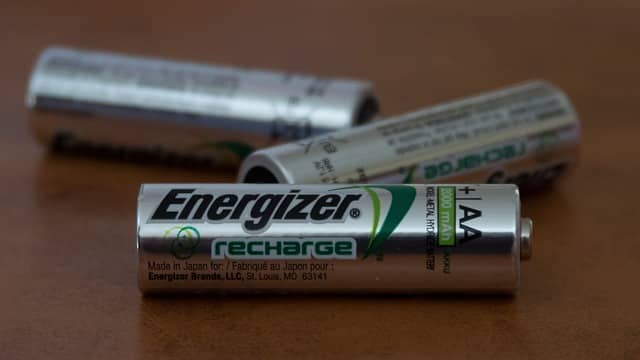
Best for: Short trips where you won’t use your phone
Pros: This is the cheapest and easiest solution for charging devices. Just bring as many batteries as you think you’ll need. Ideally, all of your devices use the same type of batteries so you only have to bring one type.
Cons: You won’t be able to recharge your phone or other USB devices with spare batteries. If you rely on your phone for navigation, this could be risky.
Option 2: Power Bank
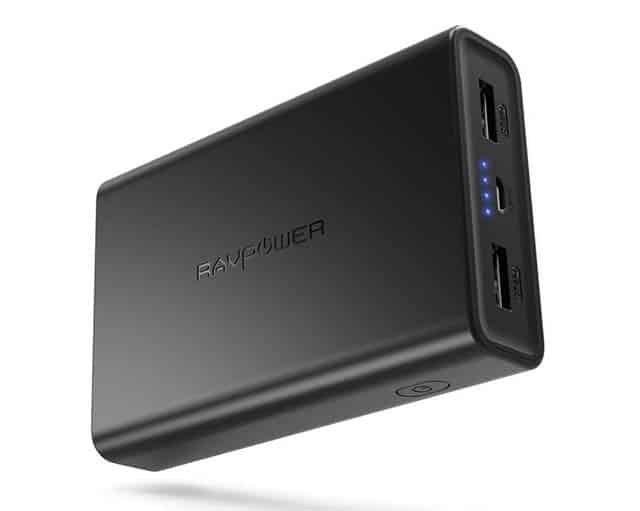
Best for: Backpackers and minimalist campers,
Pros:
Most camping devices today are charged via USB, so a single power bank could charge all of your devices. Power banks come in many capacities. To figure out how much power you need, calculate how much power your devices use and how many times you’ll need to recharge them.
Cons:
If some of your devices might still use AA or AAA batteries, then you’ll have to bring a power bank and spare batteries. Or you bring along a charger for your rechargeable batteries. You use the power bank to recharge the batteries. You’ll lose some capacity because of the conversion, so this is not an efficient solution.
Another downside is that power banks might not provide enough juice for longer trips. They also won’t provide enough juice for high-power devices like photo gear.
Also Read: Best Lightweight Power Banks for Backpacking
Option 3: Power Station
Best for: High power needs, car camping or glamping
Pros:
Power stations are like a power bank on steroids. They have huge capacities and various outlets, so you can charge multiple devices at once. You simply charge them at home and you have a reliable source of power on your camping trip. Plus, it’s awesome to have a power station at home in case of a power outage, so it’s a worthwhile investment. I have the Bluetti EB70 and love it. But they did send it to me for free, so I didn’t have to shell out the cash for it. 🙂
Cons:
Power stations are heavy. Even the high-capacity ones can’t run large devices like heaters (you’ll need a campsite with an electric hookup).
There’s also the cost issue: most power stations are really expensive. And power stations don’t handle extreme heat well. That means you risk ruining the power station if you leave it in a hot vehicle while on day trips or hiking.
Also read: Are power stations worth it for camping?
Option 4: Portable Solar Panels + Battery Storage
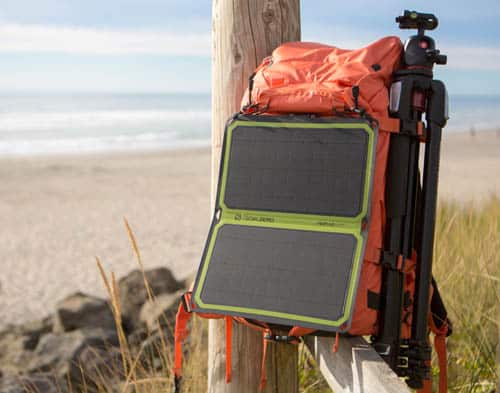
Best for: Longer trips where you have higher power needs
How It Works:
When it’s sunny, you can use the solar panel to directly charge devices. Or use the solar panel to charge a power bank or power station, which you then use to charge devices later.
Pros:
This is one of the only ways to stay powered while camping for longer periods of time. The solution is also versatile. For example, you can pair an ultralight solar panel with a power bank for backpacking. Or pair a larger solar panel with a power station when on long car camping trips.
Cons:
Solar panels by themselves are ultimately unreliable. If the sun isn’t always going to be shining. If you absolutely must have power, an unexpected rainstorm could ruin your trip.
Even when it is perfectly sunny, solar panels are still pretty slow to charge. It can take all day to charge a phone with a small 5W solar panel. Larger solar panels are faster but can’t be strapped to a backpack. Do you really want to sit around camp all day waiting for devices to charge?
Also read: Best lightweight solar panels
Option 5: Your Car
Best for: Car campers with light power needs
Pros:
This is another simple solution for charging devices while camping. Most new cars have USB chargers in them. If your car doesn’t have one, then you can get a USB adapter for the cigarette lighter port.
Cons:
You’ll need to keep the car running while charging devices. Otherwise you risk the car battery dying and not being able to start the car. It’s also really annoying to keep going to your car each time you want to charge devices. And you’ll only be able to charge USB devices — you won’t be able to run anything with high power needs such as a fan.
How do you charge devices while camping? Let us know in the comments.
Image credit: “Solar panel and charger” (CC BY 2.0) by sridgway


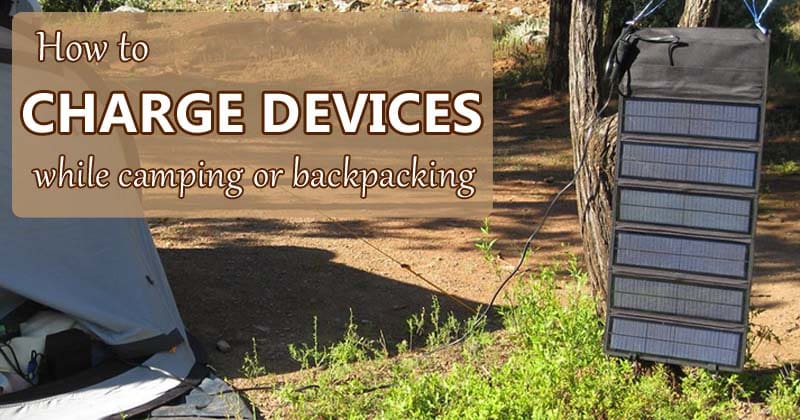
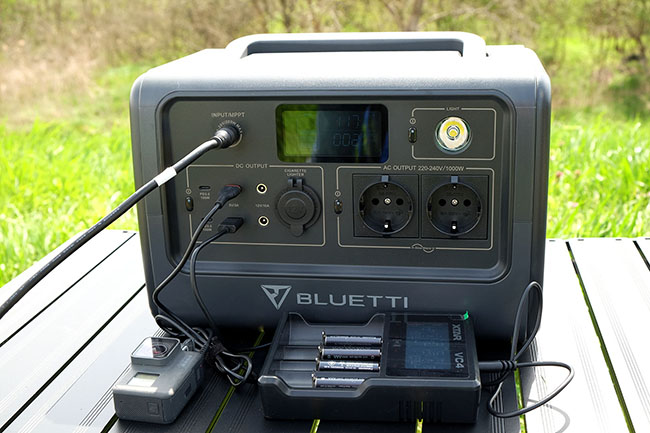










Post your comments